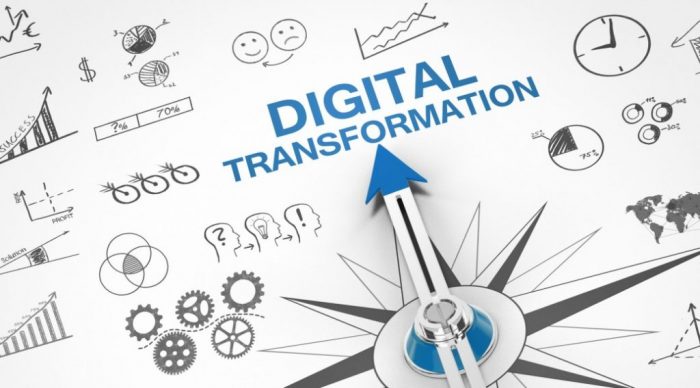
Driving a Digital Transformation Program
10 October 2024

The digitalization of the economy is profoundly reshaping the operations of corporate procurement services. Numerous advantages are evident:
While the digital economy linked to procurement has made significant strides, much remains to be done, especially in the B2B sector.
As the market expands, it is crucial to maintain an analytical mindset and avoid succumbing to every proposal. Some companies offering digital procurement tools may lack the necessary expertise or perspective. Promises of simplified procurement through comprehensive supplier catalogs, pre-negotiated prices, and seamless integration often mask the complexities of implementation.
If procurement were truly this simple, it could lead to the disappearance of procurement departments altogether. Some even speculate about replacing human intervention with virtual assistants or algorithm-driven platforms. However, the reality remains far more complex and cannot yet be managed solely by technology.
The shift towards digital procurement resembles the early 2000s, when traditional economies faced disruption from internet platforms. Twenty years later, few of these platforms survived, often due to neglecting the essential expertise procurement professionals bring. Being a buyer isn’t merely about finding the lowest price; it’s about meeting the diverse needs of various business departments, with quality criteria always in focus.
Today, online catalogs offer vast arrays of products, but quantity does not guarantee quality. For instance, a substandard safety glove could jeopardize an employee’s security. Buyers must trust in the quality and reliability of the products or services they procure.
B2B procurement demands guaranteed supply continuity, requiring careful supplier selection to ensure after-sales service and long-term reliability. Buyers must weigh cost considerations against service sustainability, emphasizing a holistic approach. However, the proliferation of marketplaces brings logistical challenges due to the diversity of suppliers and delivery schedules.
Procurement services face another challenge: ensuring all company sites adopt the proposed solutions. Half of purchases are often made with non-referenced suppliers, highlighting the need for effective communication and consensus-building to ensure tool adoption. Digitalization must complement, not replace, human interactions, which remain crucial for verifying quality and improving processes.
Despite technological advancements, direct discussions remain irreplaceable for evaluating quality, improving delivery timelines, and envisioning future strategies. Human presence is vital in decision-making, ensuring that digital tools enhance, rather than diminish, employee contributions.
Digitalization does not fundamentally change the role of buyers but transforms their tools and workflows. It fosters better collaboration between stakeholders and enhances internal communication. Procurement professionals must analyze supplier offerings, define precise needs, and innovate procurement strategies, all while fostering collaboration across departments.
Procurement no longer revolves solely around securing the best price. Margins and profitability hinge on procurement decisions, requiring a balance between mitigating risks, ensuring supply, and minimizing costs. As procurement adapts to these challenges, companies must rethink traditional workflows and communication methods.
Recent years have introduced new risks: financial, social responsibility, industrial, environmental, quality, and legal issues. Rapid decision-making is essential in today’s competitive and volatile markets. Procurement must maintain vigilance, precision, and speed, supported by flexible tools that ensure consistency across the supply chain.
Essential features for digitalization tools include:
El Attari Abdelilah
Digital Transformation Expert
E-solution
Start the chat
Welcome to E-solution,
Do you have any questions? We’d be delighted to discuss them with you!
